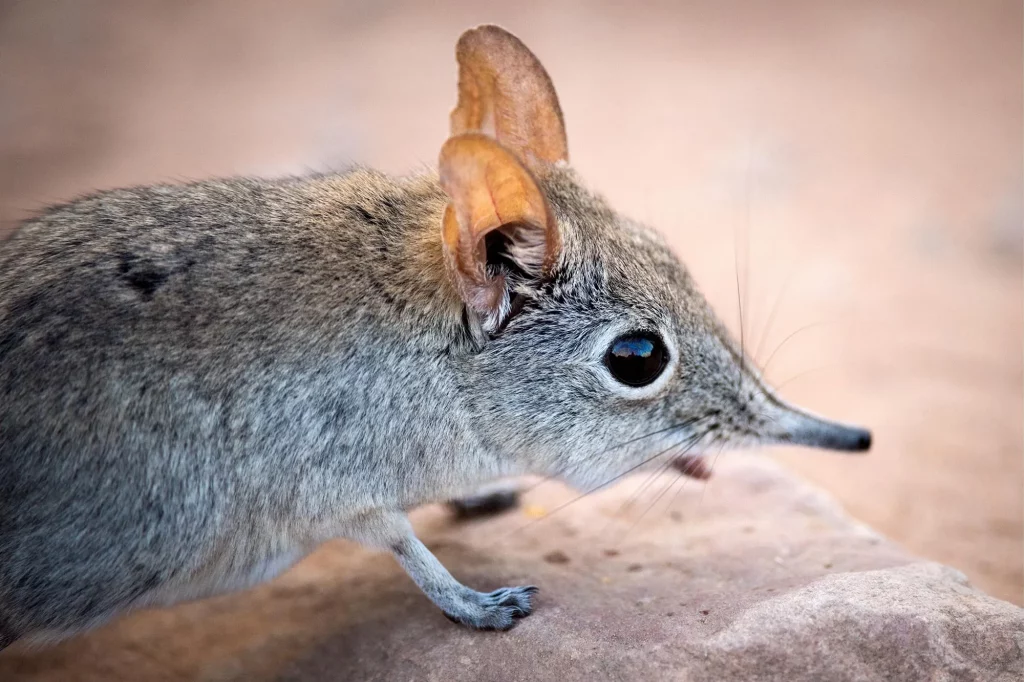An evolutionary tree or phylogenetic tree is a branching diagram that shows the evolutionary relationships between different biological species based on similarities and differences in their characteristics. Historically, this was done based on their physical characteristics – the similarities and differences in the anatomy of different species.
However, advances in genetic engineering are now allowing biologists to use genetic data to decipher evolutionary relationships. Scientists have found that molecular data leads to very different, sometimes turning on its head, centuries of scientific work classifying species by physical characteristics, according to a new study.
“This means that convergent evolution has been fooling us – even the smartest evolutionary biologists and anatomists – for over 100 years!” Matthew Wells
Since Darwin and his contemporaries in the nineteenth century, biologists have attempted to reconstruct the “family trees” of animals by carefully examining differences in their anatomy and structure (morphology).
However, with the development of rapid genetic sequencing techniques, biologists are now able to use genetic (molecular) data to piece together the evolutionary relationships of species very quickly and inexpensively, often proving that organisms we once thought were closely related to one another, in In fact, completely different branches belong to.
For the first time, scientists in Bath compared phylogenetic trees based on morphology with those based on molecular data and plotted them by geographic location.
They found that animals grouped by molecular trees lived together more geographically than animals grouped by morphological trees.
“It turns out that many of our evolutionary trees are wrong,” said Matthew Wells, professor of evolutionary paleobiology at the University of Bath’s Milner Center for Evolution.
“We’ve been classifying organisms by their anatomical formation and grouping for over a hundred years, but molecular data often tell a slightly different story.
“Our study provides statistical evidence that when creating an evolutionary tree for animals based on their molecular data, it often fits their geographic distribution better.
“The place where things live – their biogeography – is an important source of evolutionary evidence familiar to Darwin and his contemporaries.
“For example, shrews, pigskins, elephants, golden moles, and swimming manatees all come from the same large branch of mammalian evolution—even though they look very different (and live in completely different ways).
“The Molecular Trees grouped them together into a group called Afrotheria, so named because they are all from the African continent, so the group fits biogeography.”
Molecular phylogenetic trees show that elephant shrews are more closely related to elephants than to shrews. Credit: Danny Ye
The study found that convergent evolution — when a trait develops separately in two groups of organisms that are not genetically related — is more common than biologists previously thought.
Professor Wells said: “We already have many famous examples of convergent evolution, such as flight that evolve separately in birds, bats and insects, or complex camera eyes that evolve separately in squid and humans.
“But now with the molecular data, we can see that convergent evolution is happening all the time — things that we thought were closely related are often far apart on the tree of life.
“People who make a living as impersonators usually have no connection to the famous person they are impersonating, and people within a family are not always the same—and the same is true of evolution trees.
“It proves that evolution keeps reinventing things, finding a similar solution every time the problem occurs on a different branch of the evolution tree.
“This means that convergent evolution has been fooling us – even the smartest evolutionary biologists and anatomists – for over 100 years!”
Dr. Jack Auston, co-researcher and first author of the article said: “The idea that biogeography can reflect evolutionary history was a large part of what prompted Darwin to develop his theory of evolution through natural selection, so it is very surprising that this is not so. The case was considered Really simple method[{“ attribute=““>accuracy of evolutionary trees in this way before now.
“What’s most exciting is that we find strong statistical proof of molecular trees fitting better not just in groups like Afrotheria, but across the tree of life in birds, reptiles, insects, and plants too.
“It being such a widespread pattern makes it much more potentially useful as a general test of different evolutionary trees, but it also shows just how pervasive convergent evolution has been when it comes to misleading us.”
Reference: “Molecular phylogenies map to biogeography better than morphological ones” by Jack W. Oyston, Mark Wilkinson, Marcello Ruta and Matthew A. Wills, 31 May 2022, Communications Biology.
DOI: 10.1038/s42003-022-03482-x

“Social media evangelist. Baconaholic. Devoted reader. Twitter scholar. Avid coffee trailblazer.”







More Stories
These brands are most vulnerable to phishing scams
Apple Maps Now Has a Web Version and Wants to Challenge Google Maps
Best AirDrop Alternatives for Android